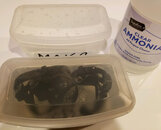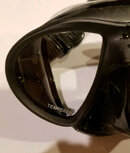- Messages
- 7,660
- Reaction score
- 4,717
- # of dives
- 200 - 499
Becoming more sure that it is the ammonia. Reasoning below:Could just the heat be the main factor or are you certain the ammonia is doing most of the work?
Mask out of box showed the expected hydrophobic glass. Note how round and pronounced the droplets are:
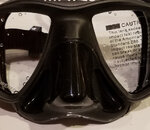
Next put mask into undiuted common household 'clear' ammonia. No change in mask after one hour, still beaded water the same way. Same result after about 4 hours in room temp ammonia. Heated ammonia solution to near boiling and inserted mask. After about 15 min the mask showed the beginnings of becoming wettable:
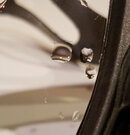
Note how the droplets are no longer round and high but more smeared out and affected by gravity.
After your post, I quit periodically heating the ammonia bath that the mask is soaking in. It has been roughly ten hours and the mask is still progressing without any heating. It is now at (what I call) the 'edge beading' stage:
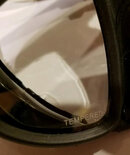
If the mask progresses to pure sheeting (from edge beading without using any heat) then it will take a lot to convince me that this isn't all about ammonia. Ammonia and water are all that this mask has ever seen.




